Finding the right bike size is essential for both comfort and safety, whether you're cycling for commuting, recreation, or fitness. With so many frame sizes and wheel sizes available, choosing the proper fit can be overwhelming—especially when you're shopping for men, women, or children. This guide provides a detailed overview of how to select the right bike size based on rider height, body proportions, age, and riding style. We will also explore the role of the 26 inch bike, one of the most popular sizes on the market, and where it fits into the size selection process.
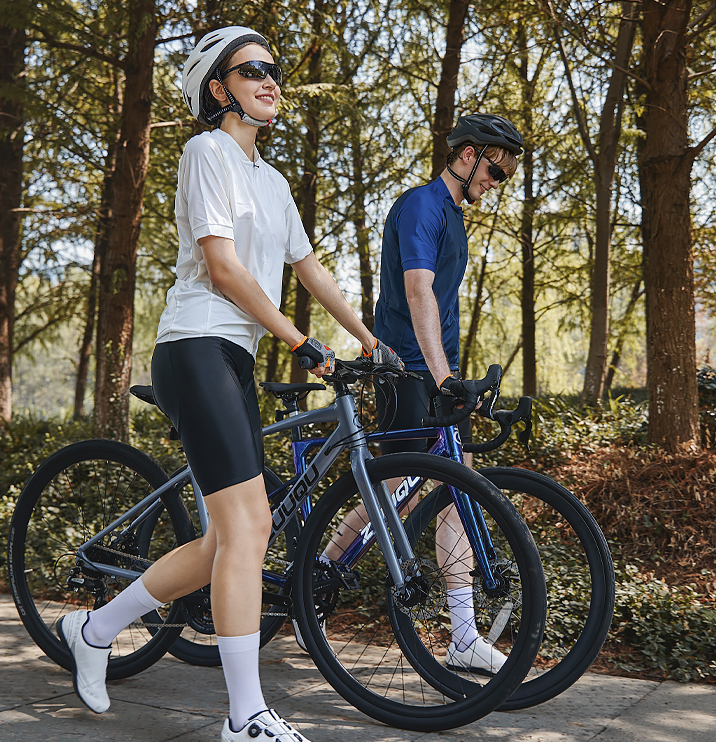
Why Bike Size Matters
An appropriately sized bike enhances:
Comfort: Reduces fatigue, back strain, and soreness
Control: Easier maneuvering and better handling
Efficiency: Enables smoother pedaling and energy conservation
Safety: Minimizes risk of accidents caused by awkward positioning or overreach
Poor sizing can lead to injuries, reduced enjoyment, and less frequent use. That’s why it’s important to understand how sizing works and how to measure yourself or your child properly before making a purchase.
Key Factors in Bike Sizing
When choosing a bike size, there are a few important elements to consider:
Rider Height
Inseam Length
Bike Type (e.g., mountain, road, hybrid)
Wheel Size
Frame Geometry
The correct size varies slightly depending on whether you're choosing a road bike, mountain bike, or a cruiser. However, wheel size is particularly relevant for children’s bikes, and to some extent, for casual and mountain bikes for adults.
Understanding Bike Wheel Sizes: What is a 26 Inch Bike?
A 26 inch bike refers to the diameter of the wheels, not the frame size. For many years, 26-inch wheels were the standard size for adult mountain bikes and are still popular today for casual riders, teens, and smaller adults.
Advantages of a 26 Inch Bike:
Good for shorter riders: Ideal for adults under 5’5” or teens transitioning to adult-sized bikes
Easy handling: Smaller wheel size offers better agility and acceleration
Lighter weight: Often easier to maneuver, especially for women or kids
Widespread availability: Spare parts and accessories are easy to find
The 26 inch bike is commonly found in mountain bikes, hybrid bikes, and comfort or cruiser models. It's a great middle ground for riders who need something bigger than a child's bike but don’t quite fit the newer, larger 27.5” or 29” wheel standards.
Bike Sizing Guide for Men
Frame Size by Height (for Mountain Bikes):
| Rider Height | Suggested Frame Size |
| 5’0” - 5’4” | 13” – 15” |
| 5’4” - 5’7” | 15” – 17” |
| 5’7” - 5’10” | 17” – 19” |
| 5’10” - 6’1” | 19” – 21” |
| 6’1” - 6’4” | 21” – 23” |
| 6’4” and taller | 23”+ |
Note: For men between 5’2” and 5’7”, a 26 inch bike may be suitable if it comes with the correct frame size. Shorter riders may appreciate the lower standover height and control offered by the 26-inch wheels.
Bike Sizing Guide for Women
Women-specific bikes often have shorter top tubes, narrower handlebars, and modified geometry for comfort. However, many women ride unisex frames successfully with proper adjustments.
Frame Size by Height:
| Rider Height | Suggested Frame Size |
| 4’10” - 5’2” | 13” – 14” |
| 5’2” - 5’6” | 15” – 16” |
| 5’6” - 5’10” | 17” – 18” |
For women under 5’5”, a 26 inch bike with a step-through frame or cruiser-style design often provides both a comfortable and confidence-inspiring ride. It's ideal for neighborhood rides, casual commutes, and beginner trails.
Bike Sizing Guide for Kids
Children’s bikes are typically sized by wheel diameter, making wheel size the most important factor. Here's a general chart:
| Child's Age | Height (in) | Inseam (in) | Wheel Size |
| 2-4 | 36” - 40” | 14” - 17” | 12” |
| 3-5 | 39” - 45” | 16” - 20” | 14” |
| 4-6 | 41” - 48” | 18” - 22” | 16” |
| 5-8 | 45” - 52” | 20” - 24” | 20” |
| 7-11 | 50” - 58” | 22” - 26” | 24” |
| 10+ | 56”+ | 26”+ | 26” |
So, a 26 inch bike is usually suitable for kids aged 10 and up, especially if they’re taller than average or ready to transition to adult bikes. Teenagers and tweens often find 26-inch bikes to be a perfect blend of manageability and maturity in design.
How to Measure Inseam for Bike Fitting
Your inseam length can help determine both standover height and seat positioning. To measure it:
Stand with feet about 6 inches apart.
Place a hardcover book between your legs, mimicking a bike seat.
Measure from the top of the book to the floor.
Use this inseam to select a frame that allows at least 1–2 inches of clearance when standing over the top tube.
This is particularly helpful when choosing between two frame sizes or when sizing for kids nearing a growth spurt.
26 Inch Bike vs Other Wheel Sizes
| Wheel Size | Typical Use | Best For |
| 12-24” | Kids’ bikes | Ages 2–11 |
| 26” | Adult mountain, hybrid | Teens, shorter adults, casual riders |
| 27.5” | Modern mountain bikes | Aggressive riders, trail riding |
| 29” | Racing mountain bikes | Taller riders, speed and rollover ability |
| 700c | Road and hybrid bikes | Commuters, endurance riders |
The 26 inch bike stands out as a transitional size, serving older children, teenagers, women, and shorter men. It offers a lower center of gravity and easier handling compared to larger wheel options.
Tips for Buying the Right Size Bike
Test ride when possible: Feel how the bike handles, especially at stops and turns.
Adjust the seat and handlebars: Many issues with discomfort stem from poor adjustment rather than frame size.
Consider future growth: For children, buying slightly bigger bikes might offer longer usability but avoid overly large sizes.
Look at standover height and reach: Both should feel natural and not cause strain when riding.
Ask for professional fitting at a bike shop: Ideal if you're investing in a more advanced or specialized model.
Conclusion
Choosing the right bike size can make or break your cycling experience. Whether you're buying for a man, woman, or child, understanding frame size, wheel size, and rider proportions is key to ensuring comfort and control. The 26 inch bike remains a versatile and widely suitable option for many riders, offering a solid blend of agility and usability. From teens and petite adults to casual weekend riders, it continues to be a go-to choice in the bike world.
When in doubt, take measurements, review sizing charts, and test ride where possible. A well-fitted bike opens the door to safer, more enjoyable, and longer rides—no matter who the rider is.


 0
0


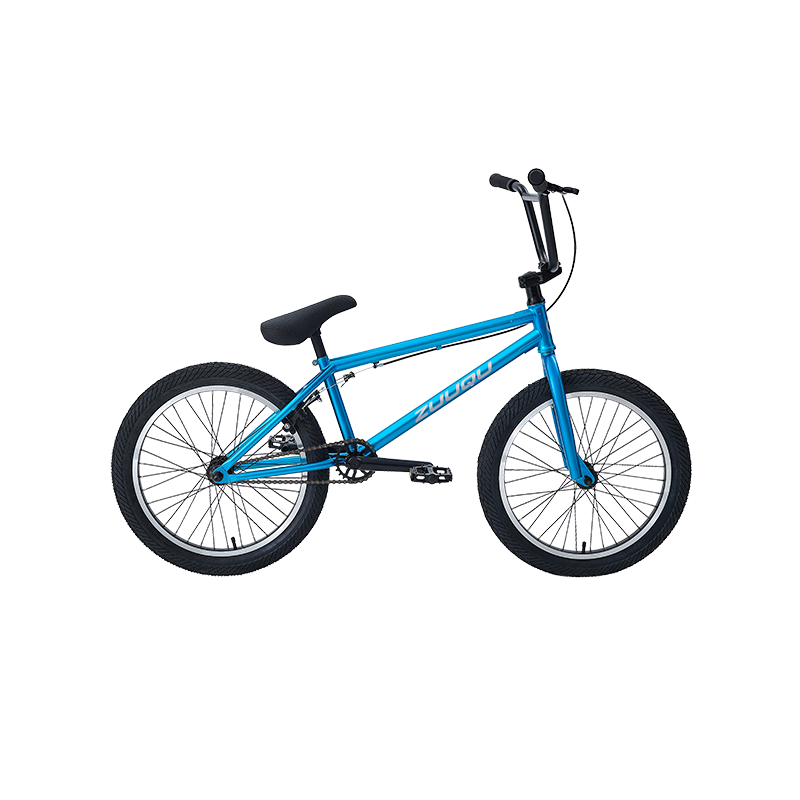

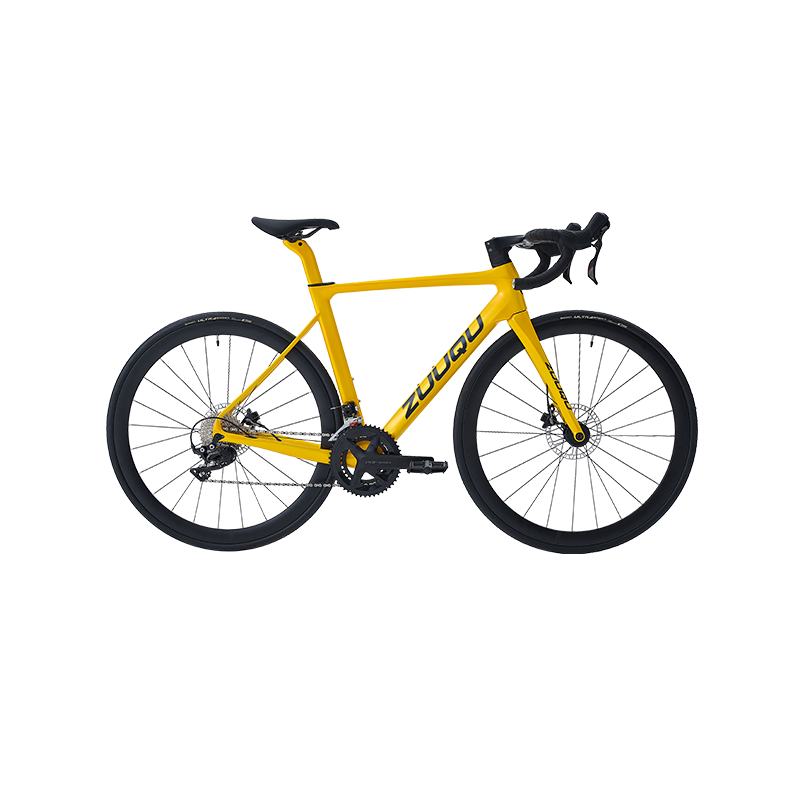
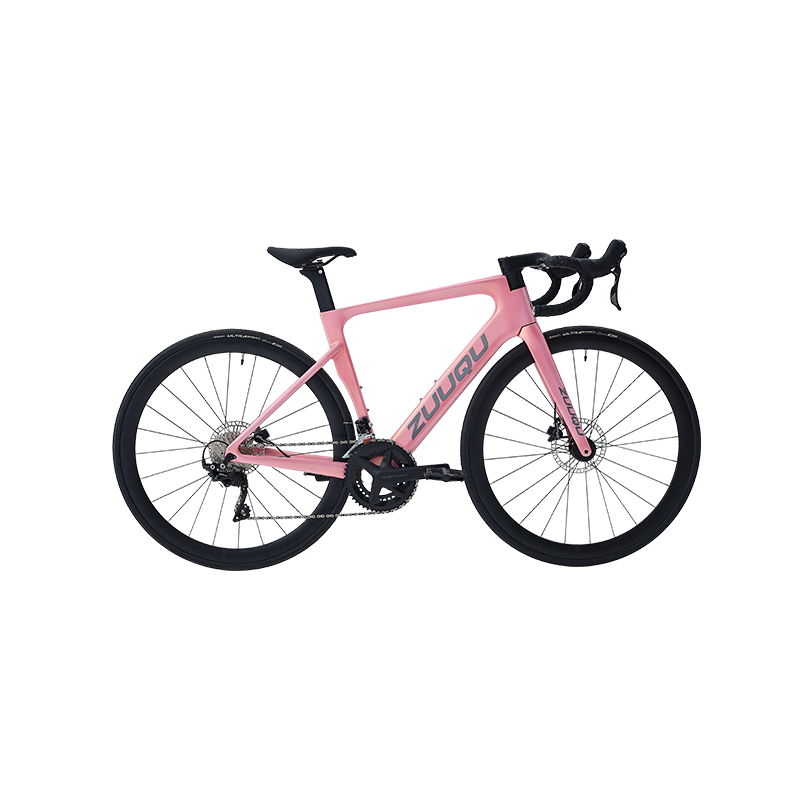
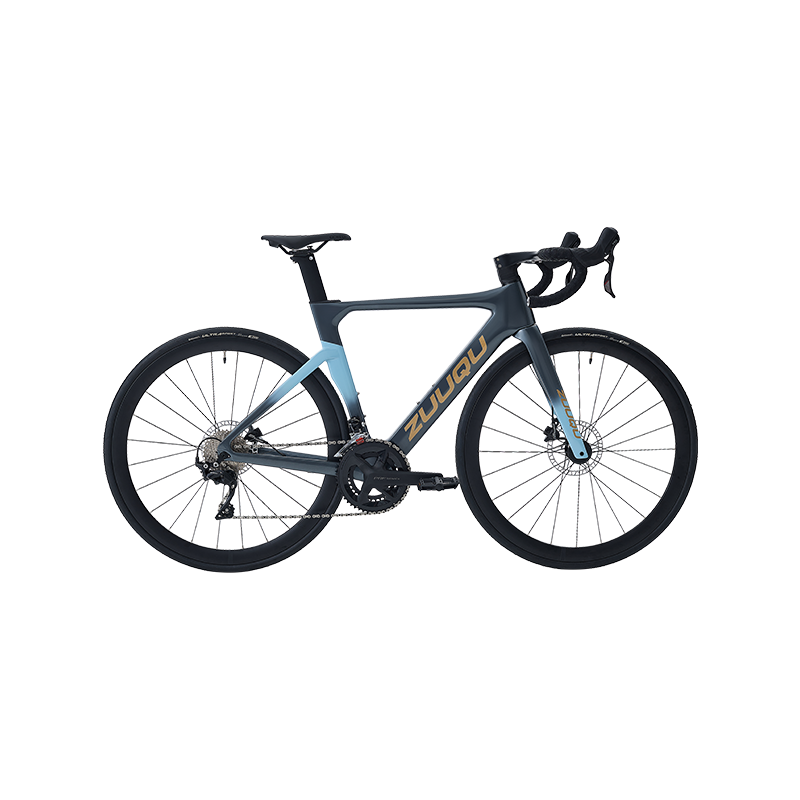
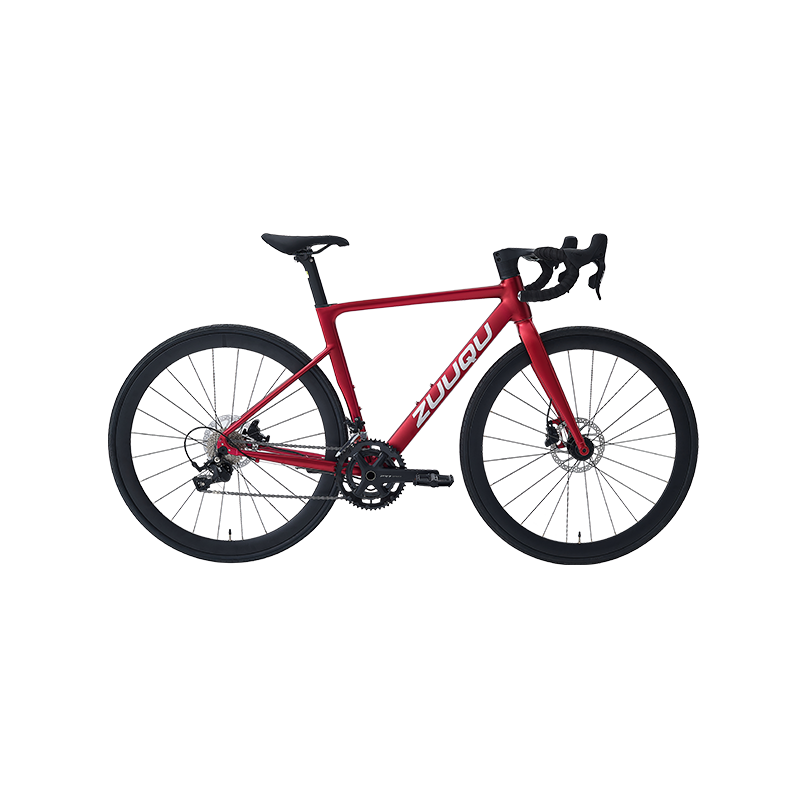
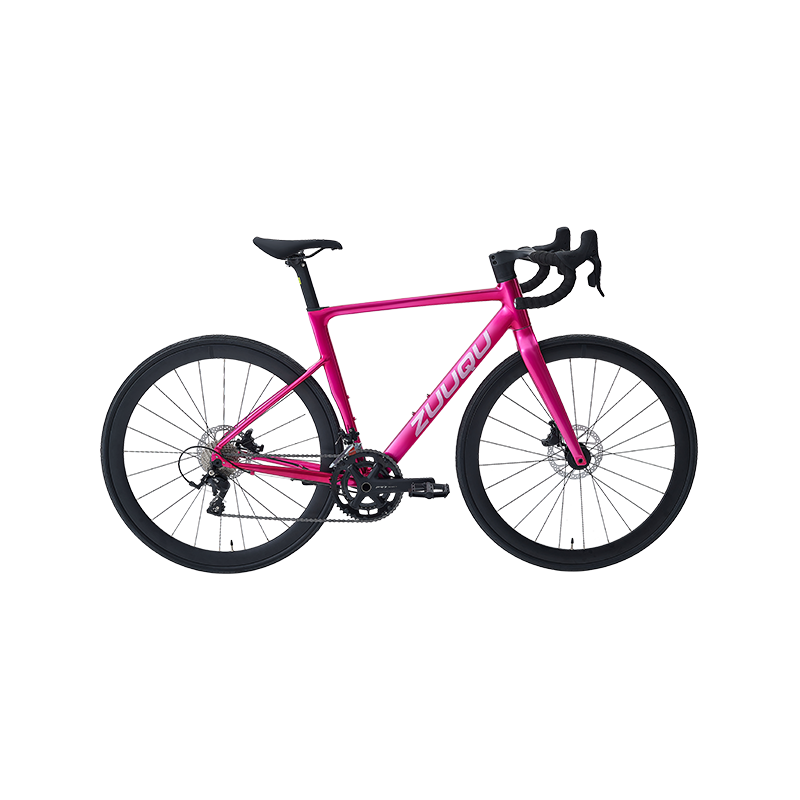

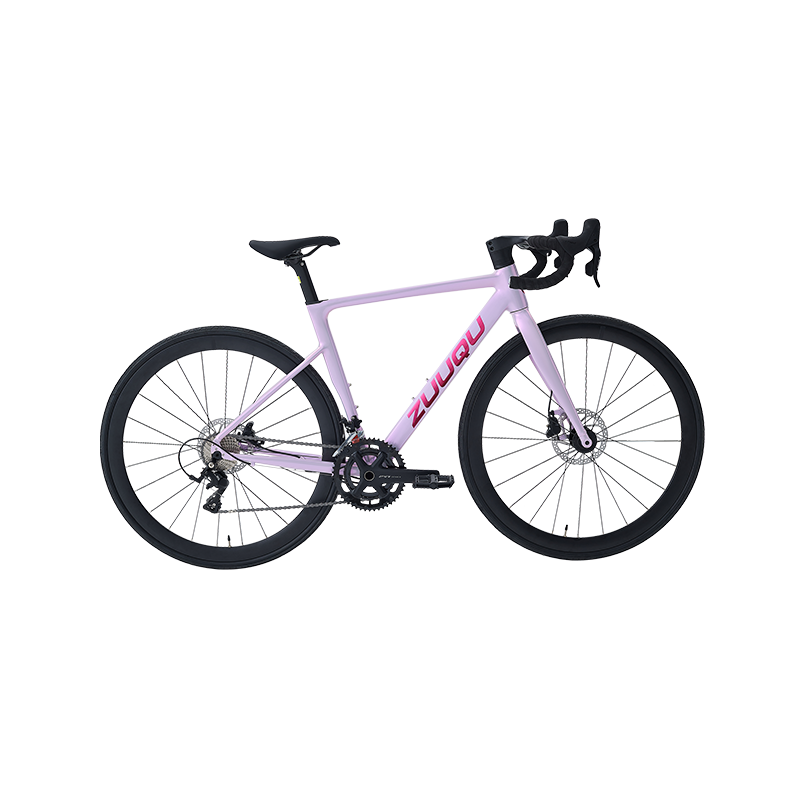
 Linhang industry park, Zhuji,
Linhang industry park, Zhuji,  +86-18858280688
+86-18858280688
